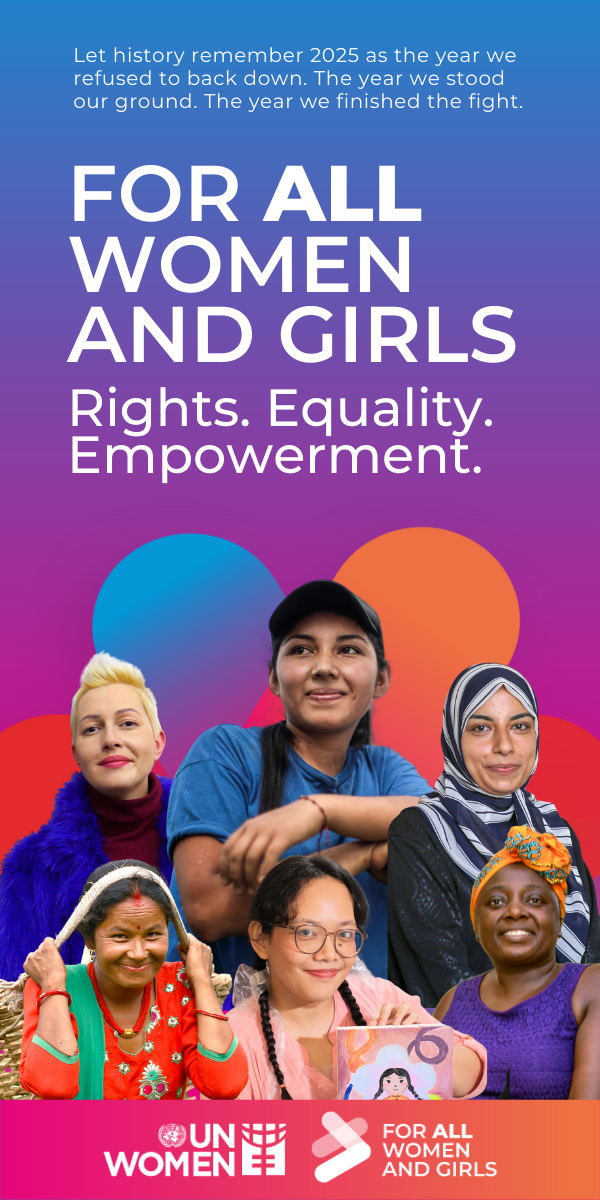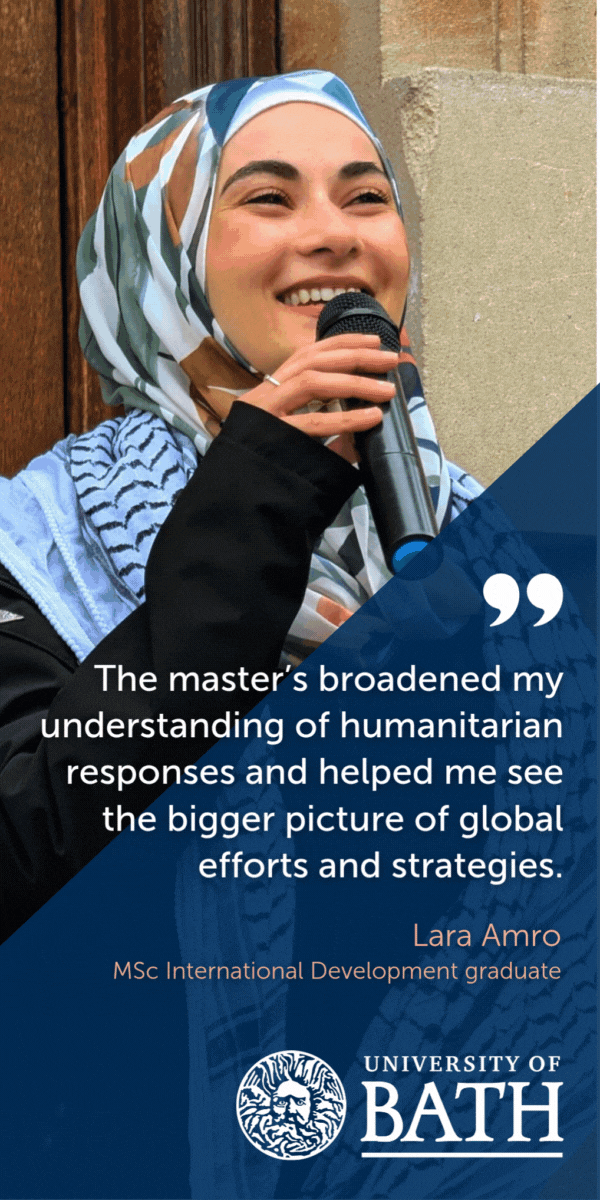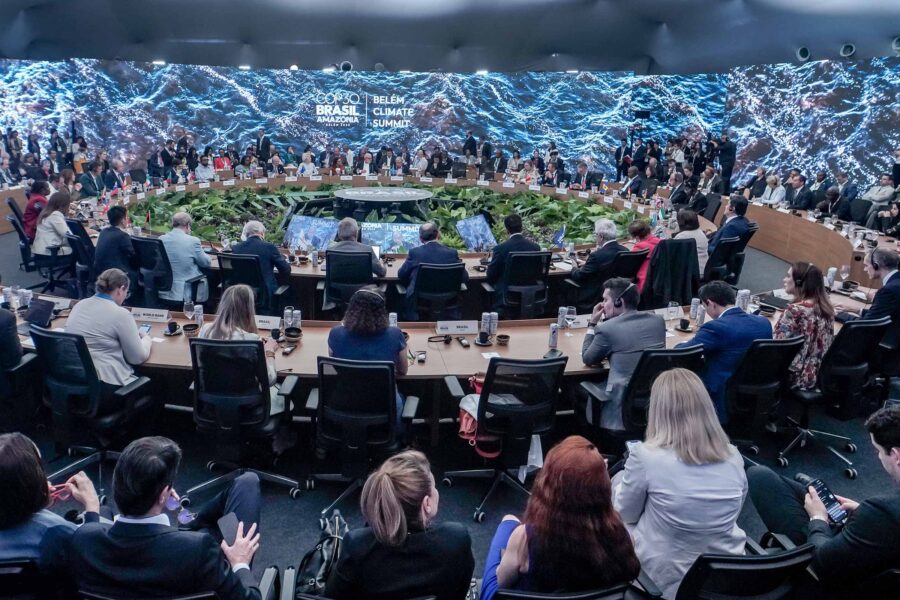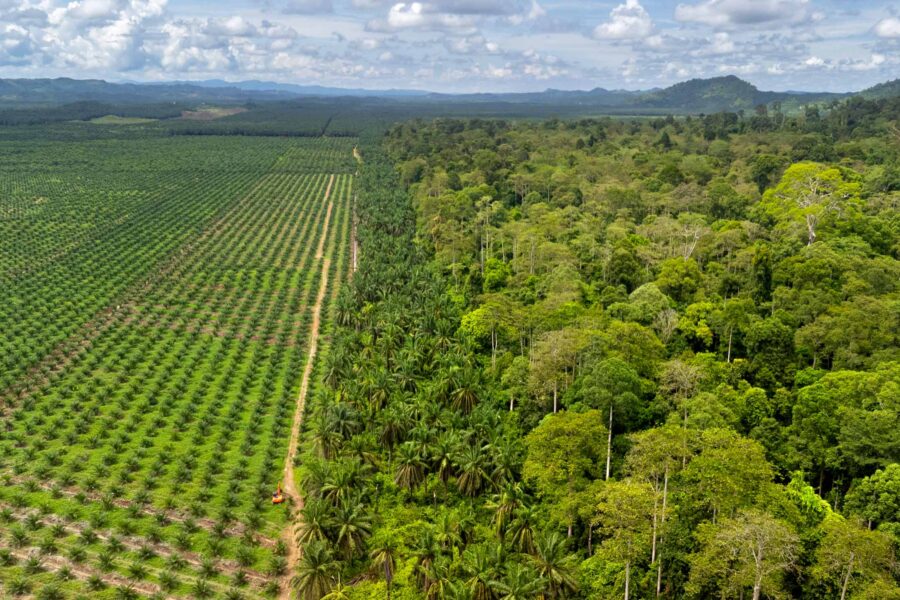Conflicting ideas of peace
Donald Trump’s vision of the UN as a great-power forum clashes with decades of evolution in global peacebuilding. How can UN members continue to advance peace as envisioned by the SDGs?
Peace and security — Global
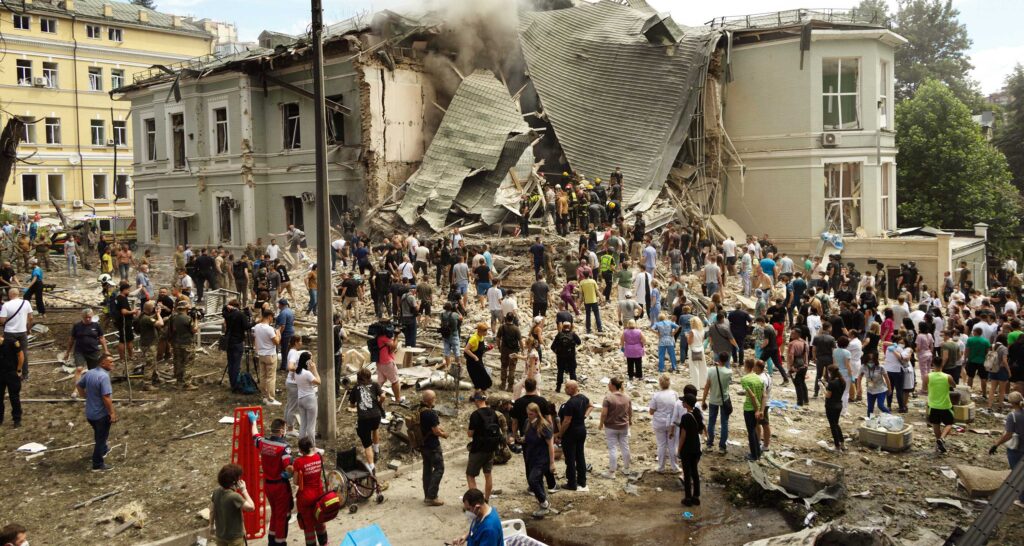
US President Donald J. Trump has said that he wants the United Nations to focus on its “founding mission” of promoting peace and security. This has offered a glimmer of hope for UN officials and diplomats in New York who have been shocked by the new US administration’s aggressively negative approach to most other fields of multilateral cooperation. But it is not clear whether Trump’s understanding of global security is compatible with the UN system’s conception of peace.
When Trump talks about the UN as a peacemaker, he seems to be casting back to the organization’s original role as a mechanism for great power coordination. President Roosevelt, Winston Churchill and the other architects of the UN in the 1940s hoped that America, the British Empire, and the Soviet Union would work through the new body to police the world. During the Cold War, the veto powers in the Security Council often argued, but did regularly turn to the UN to resolve crises – especially in Middle East – that could otherwise have spun out of control. This sort of geopolitical thinking seems to appeal to Trump, who has talked about the need to avoid a war between the nuclear powers since the 1980s, and has prioritized relations with Russia this year.
Changing concepts of peace
But if Trump may hanker after greater stability between the big powers, thinking at the UN about peace and security has evolved a great deal since the 1940s. In the decades after the Cold War, the Security Council and wider UN system focused less on cross-border disputes, and more on solving civil wars and building sustainable peace in cases from Liberia to Timor-Leste. UN mediators and peacekeepers have focused less on geopolitics and more on the local drivers of violence – such as ethnic disputes and economic disparities – and addressed issues like empowering women in peace talks that most signatories of the UN Charter in San Francisco did not think of. Through discussions of these issues, the UN system has helped expand and refine definitions of “peace.”
In 2015, the drafters of the Sustainable Development Goals (SDGs) captured this line of thinking in SDG 16, which emphasized the need for “peace, justice, and strong institutions.” This embraced an expansive view of peaceful societies, underlining the need not only to reduce violence, but also to promote inclusion, human rights, and political representation. In the decade since the adoption of the SDGs, UN officials have often aimed to frame much of their peace work – in addition to parallel work on disarmament – in terms of development, which seemed fairly uncontroversial.
Climate change and security
The UN has also been a platform for governments, international officials, and non-governmental organizations to flag new threats to peace and security, such as the security effects of climate change. The UN has acted as a space where scientists and policymakers can build a better shared understanding of these unconventional challenges. In 2021, Russia vetoed a Security Council resolution calling on the UN system to work more systematically on climate-security questions, but over 100 nations endorsed the draft. Such exercises are not entirely theoretical. UN peacekeepers in South Sudan have, for example, been heavily involved in supporting communities and refugee camps threatened by patterns of flooding linked to climate change in recent years.
Some UN officials have nonetheless worried that the institution has grown less effective at handling more traditional security issues. The Security Council, hamstrung by big power tensions, has not launched a large-scale blue helmet peacekeeping operation since 2014. It has performed poorly – and sometimes done nothing at all – in response to the outbreak of intense hostilities in cases including Ethiopia, Myanmar, Ukraine, Sudan, and Gaza in the last five years.
A clash of worldviews
As I noted in SDG Action last year, these unhappy experiences have left some UN officials convinced that the organization should now downplay narrowly defined peace and security issues, and go all in on topics like development and global warming instead. This debate is growing more acute as many of the wealthier nations that pay a large part of the UN budget – including not only the US, but also European players like the UK and the Netherlands – have reduced their aid spending. Diplomats from the Global South working in New York grumble that their Western counterparts are now obsessed with geopolitical questions and hard security, and are not listening to the rest of the world’s worries about resurgent poverty, debt, and climate adaptation – which are arguably as pertinent to peace in their regions as diplomatic and military matters.
The Trump administration is likely to make these disagreements more acute. The US seems to be focusing (as far as its intentions can be assessed) on big power diplomacy, largely ignoring the concerns of smaller and poorer countries in UN forums. Western powers frightened of losing US security support will concentrate on building up their defenses, again to the detriment of helping non-Western countries handle other problems. States from the Global South will push back, and try to keep the UN focused on their own challenges and definitions of peace. In a gloomy scenario, UN diplomacy will turn into a global shouting match over whose security and interest matter.
Leveraging shared interests
A better way out of this looming mess may be available. While it is hard for UN members to put aside their immediate concerns – let alone get a grip on US policy under Trump – representatives from all regions know that they have a shared, long-term interest in mitigating threats like climate change and disease. Even if the Trump administration refuses to engage, there is a window for Western and non-Western officials to enter into hard-headed discussions about how to keep working together on these challenges in an era when resources will be limited. It may even be possible for UN members to get the US to participate in collaborative crisis management on problems – such as addressing the collapse of law and order in Haiti – that trouble Washington.
True optimists at the UN (admittedly a small and shrinking breed) wonder if President Trump may even reduce the overall levels of global tensions swirling about the institution by establishing better big power ties with China and Russia. It is just possible that Trump could help the UN regain some credibility as a big power coordination mechanism. For the time being, however, smaller and middle powers should look for ways to preserve the UN’s broader contributions to peace.
Featured in:
UNGA 2025 edition: Restoring hope
An effective multilateral response is needed for an ever increasing number of crises. At the same time, the UN – the heart of the multilateral system for 80 years – is under attack from nations trying to defund and disempower it. Radical reform is clearly needed. Whatever form that takes, it should be guided by and designed to support the SDGs.
This edition considers the impacts of inequality and conflict, and explores ways to build a fairer, safer future through education, technology, economic development and global partnerships.
Authors include Adriana E. Abdenur, Julia Bunting, Richard Gowan, Samira Rashwan, Shari Spiegel, Ariesta Ningrum, Grayson Fuller, Joanne Raisin, Susan Gardner and Roya Mahboob.
Publication date: 22 September 2025


